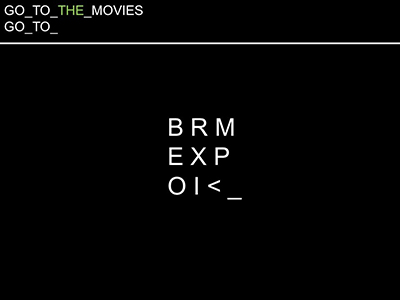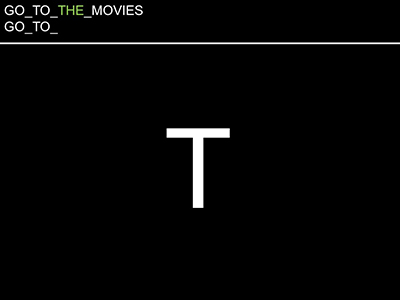RSVP Keyboard™
The RSVP Keyboard™is a brain-computer interface designed to allow people with severe speech and physical impairments to communicate using only their brainwaves. It is noninvasive, using brain signals from electroencephalography. The user wears an electrode cap and looks at images on a computer screen. The RSVP Keyboard™works by looking for specific changes in the electrical activity in the brain.
Current RSVP Keyboard development
We are currently developing new features for the RSVP Keyboard, including methods for combining brain activity with other signals to improve the accuracy and flexibility of system control. We will soon begin testing for a novel BCI feature called Inquiry Preview. With this interface, the user can activate a switch to indicate whether their desired letter is included in a group of letters shown on the screen before making a selection using brain activity. Because potential BCI users typically have limited motor function, the feature will adapt to slow or inconsistent movement, or can be turned off entirely.
Below, is a screenshot of the user interface for the RSVP Keyboard™.

How it works
The RSVP Keyboard™flashes letters quickly on a computer screen, one at a time. This is called rapid serial visual presentation (RSVP). Users can type messages by watching the flashing letters and paying close attention to the letter they want. For example, a user spelling the word "elephant" would start by watching for the E to appear on the screen. When the user sees the E, her brain produces a specific response called an event related potential, which is picked up by the electrode cap. The computer recognizes the brain-signal response, associates it with the appearance of the E, and types the E on the screen.
Below, is a screenshot of the user interface for the RSVP Keyboard™.

What our participants are saying
"At the very least, I am hoping to get aid in communication from a BCI system. I want to be able to express myself without the help of others at all times. I want to be able to write emails and use Facebook independently. For people like me who are completely locked-in, it would be nice to be able to control simple things like my wheelchair and the lift on my van. I would like to turn on lights, the thermostat, the radio, and my television. As I work more with the BCI system, I feel that it has the potential to do an unlimited amount of things in the future."
--study participant
How we tested It
Our team developed and tested an icon version of the RSVP Keyboard™. In this version, the system presents picture icons rather than letters. This system may be most useful for individuals with limited reading skills, limited English language exposure, or for those who can read but require a faster word- or phrase-based method of communication.
Below, Steven Bedrick and Shiran Dudy of Oregon Health & Science Unviersity's Center for Spoken Language Understanding explain what a language model is and how icons can be used in augmentative and alternative communication.
How to learn more
To learn more about our current BCI experiments, please contact: